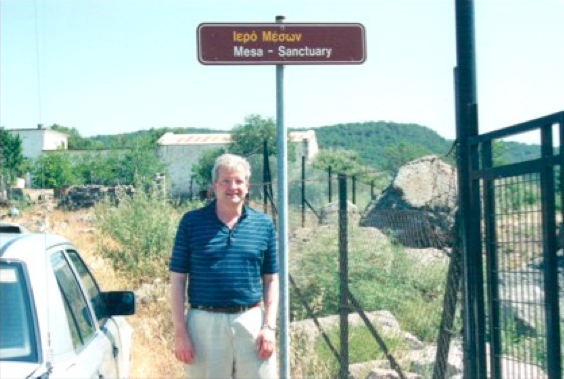Introduction
Genre and occasion
Correlating genre and occasion with composition and performance
- If the occasion becomes obsolete, then the corresponding genre may become obsolete as well.
- Even if the occasion becomes obsolete, the corresponding genre may remain current by way of compensating for the obsolescence of the occasion. And the compensation may take place by way of some alternative occasion of performance. [16]
Genre and occasion in the songmaking of Sappho
Diachronic Sappho
A diachronic view of Sappho’s occasions

An occasion for a song of Sappho
Text 1
Text 2
Text 3
Text 4
Text 5
Text 6
Text 7
Rethinking mimesis
Occasions for the songs of Sappho
A second Lesley

As I look back at this picture, I see a girl wearing a mischievous half-smile. It takes me back many years to the time when I first heard it— back when the song was released, in 1963. The singer is, as I said, Lesley Gore, who died in 2015.02.16 at age 68. Lesley’s looks in the picture I show here don’t match the feelings that she is singing about in her song, “It’s my party,” which is all about crying—crying about unrequited love.
Cry if I want to
Cry if I want to
You would cry too, if it happened to you
Nobody knows where my Johnny has gone
But Judy left the same time
Why was he holding her hand
When he’s supposed to be mine?
It’s my party and I’ll cry if I want to
Cry if I want to
Cry if I want to
You would cry too, if it happened to you
Play all my records, keep dancing all night
But leave me alone for awhile
Till Johnny’s dancing with me
I’ve got no reason to smile
It’s my party and I’ll cry if I want to
Cry if I want to
Cry if I want to
You would cry too, if it happened to you
Judy and Johnny just walked through the door
Like a queen with her king
Oh, what a birthday surprise
Judy’s wearing his ring
It’s my party and I’ll cry if I want to
Cry if I want to
Cry if I want to
You would cry too, if it happened to you
Oh, it’s my party and I’ll cry if I want to |…
